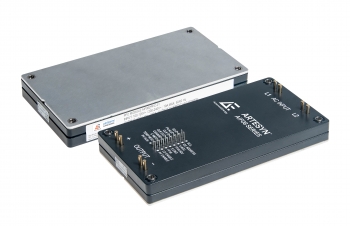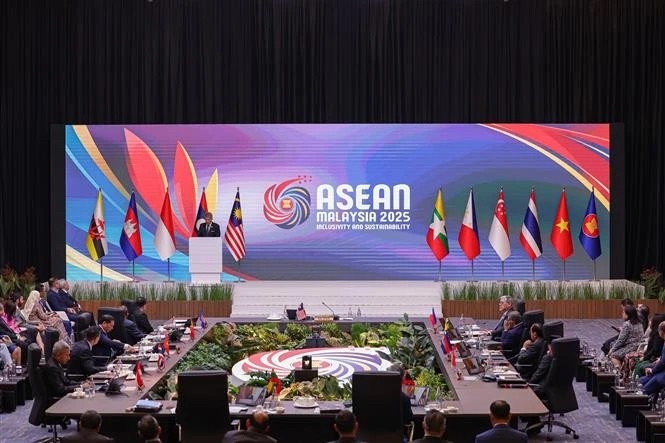Medical transportation robots made in Vietnam deployed at COVID treatment facilities
Upon hearing the announcement, COVID patients came out to receive their lunch, then waved at the right corner of the robot to signal that the robot can move on to the next room. “Thank you and see you again!” the robot said before leaving.
After completing all its duties, the Vibot came back to the gathering spot, returned food and medicine trays, and receded to the charging station, ready to assume new tasks.
"Vibot is used in place of the health staff to interact with COVID patients. These robots work mainly in the morning from 8:00 to 12:00, and in the afternoon from 15:00 to 18:00. Sometimes they perform some spontaneous duties,” said Lieutenant Colonel Nguyen Anh Van from The Military Technical Academy of Vietnam Ministry of Defense.
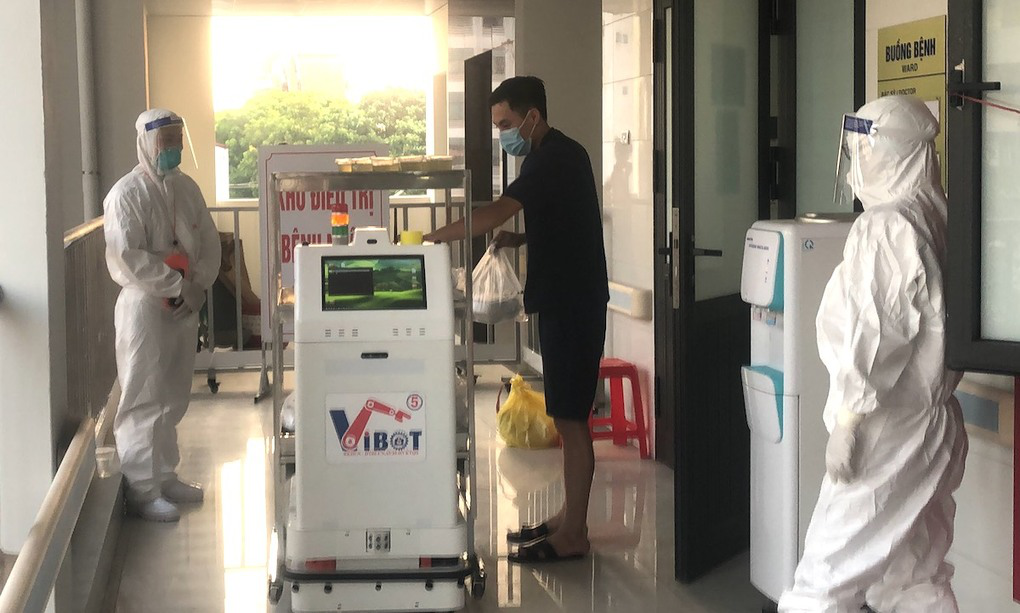 |
| Major Hoang Van Tien and Captain Nguyen Dinh Quan control Vibot and show COVID patients at Bac Giang General Hospital how to interact with the robot / VNExpress |
In the COVID quarantine zone of Bac Giang General Hospital, the two robots developed by the academy, called Vibot-2, bring food and medicine to the patients and transport medically hazardous trash to the designated spot.
Vibot-2 is also responsible for connecting with the control center. People outside of the quarantine zones like medical staff and family members can talk to COVID patients via an advanced audio-visual system.
"The control center connects with the robots via wireless intercom system so medical staff can monitor and control the robots from afar and communicate with the patients,” said Van. Medical staff can monitor and control Vibits using handheld wifi devices like laptops, tablets and smartphones, or directly via the robots’ screens.
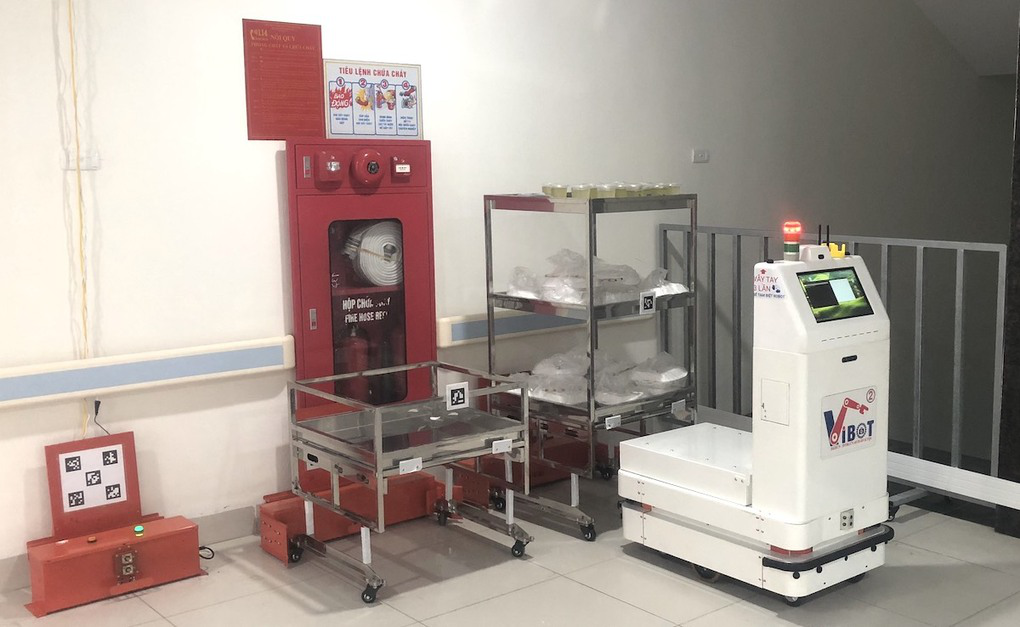 |
| Vibot-2 approaches the multi-level food tray to transport meals to COVID patients / VNExpress |
10 days earlier, Van was ordered to come to Bac Giang with Major Hoang Van Tien and Captain Nguyen Dinh Quan, also from the Military Technical Academy.
On June 1, they assembled the robots and completed their work on the same day. Vibot was ready for use on June 2. Van has been working from the control center, while Tien and Quan directly show the medical staff and patients how to use the robots.
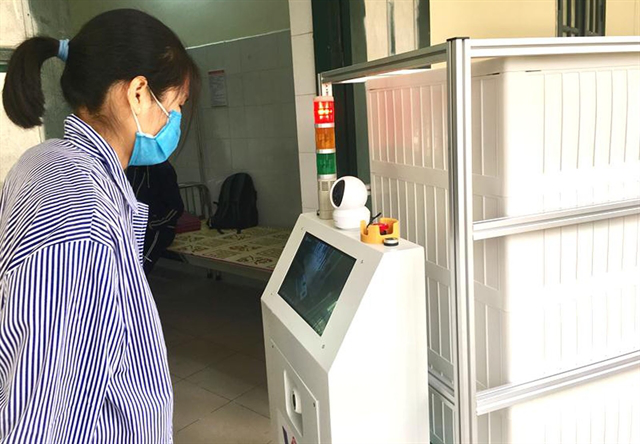 |
| A COVID patient interacts with Vibot / Vietnamnews |
The second generation of Vibot, Vibot-2, can self-identify their routes based on the map of the area and move safely within the designated area without external support. However, because COVID patients can’t leave their rooms, the robots must adjust their stopping positions depending on the tasks. When transporting meals, for instance, they must stop right in the middle of the room entrances.
The technical team must adjust the barriers used in the quarantine zones so Vibots can move around more easily. "Every time the Vibots are updated, we have to conduct tests to fix any bugs. In addition, only around 80% of patients can interact well with the robots, because we have new patients coming in every day. Some Chinese patients can’t understand our instructions well,” said Quan.
| The project “Research and design medical transportation robots for use in highly contagious quarantine zones - Vibot” was commissioned by the Ministry of Science and Technology and developed by the Ministry of Defense’s Military Technical Academy when the COVID-19 pandemic broke out in April 2020. The distance between the robot and the control center, with normal barriers, is around 150 meters. Vibots can carry around 60 kilograms at a time and move at a maximum speed of 30 meters per minute. The robot can work non-stop for 12 hours and monitor its own level of energy to find charging stations when necessary. |
Vibot-2, the second generation of medical transportation robots developed by the Military Technical Academy, was completed and tested at the 108 Military Central Hospital in Hanoi in late April. By mid-May, another series of Vibot-2 systems, including a control center and five robots, were assembled for use at Bach Mai Hospital in Ha Nam province to replace medical workers serving COVID patients in the hospital’s quarantine zone.
"After Vibot-1 was tested at Bac Thang Long Hospital in Hanoi in April 2020, we upgraded the robots. Vibot-2 can work in different environments, not only hospitals but also factories, workshops, airports and exhibition centers,” said Major General Nguyen Lac Hong, Deputy Director of the Military Technical Academy. The research team plans to adjust Vibot-2 into military robots to serve military and defense purposes.
 | Russia considering transfer of Covid-19 vaccine technology to Vietnam Russia is considering transferring Sputnik V vaccine production technology to Vietnam, said President of Russian Federal Council (upper house) Valentina Ivanovna Matvienko. |
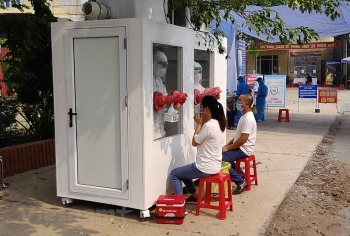 | New tech to fight the pandemic in the Vietnamese heat-video The creative ideas are devised as medical workers across the country struggle with the samplings and testings under hot weather. |
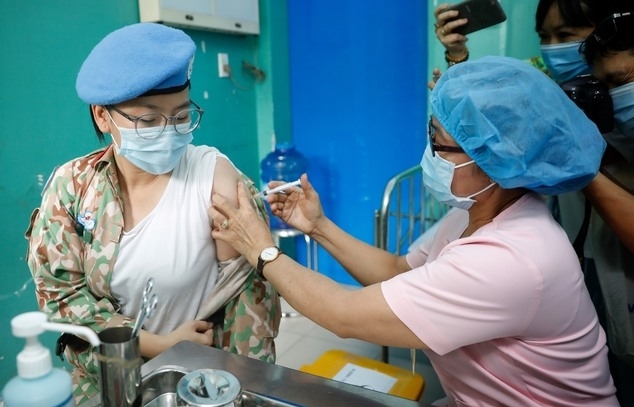 | Vietnamese military medicals received COVID-19 vaccine before leaving for South Sudan On March 16, 64 Vietnamese soldiers of the level-2 Field Hospital No. 3 have injected the COVID-19 vaccine to get ready for the UN's peacekeeping ... |
Recommended
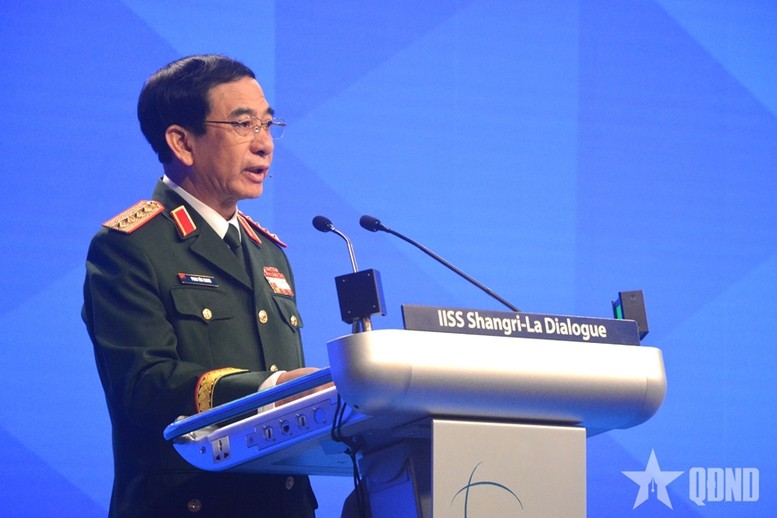 National
National
Shangri-La Dialogue 22: Vietnam Highlights Some Issues of Ensuring Stability in a Competitive World
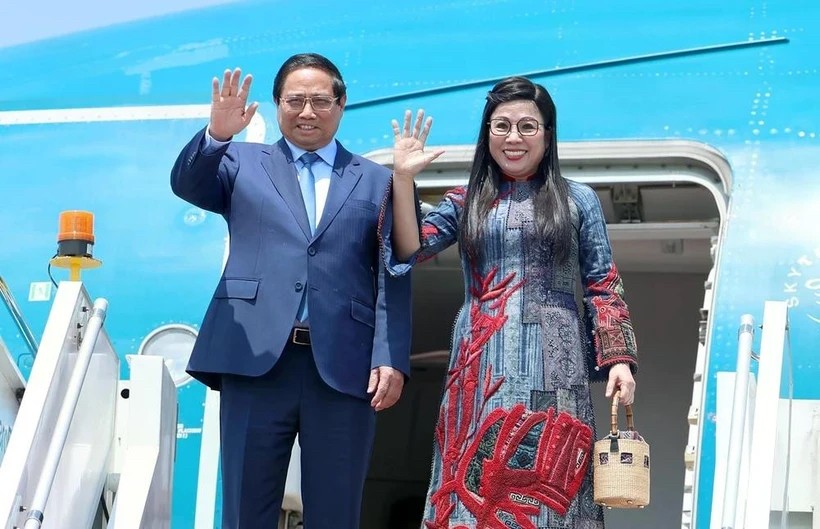 National
National
Vietnam News Today (Jun. 3): PM Pham Minh Chinh to Attend UN Ocean Conference, Visit Estonia, Sweden
 National
National
Vietnam News Today (Jun. 2): Vietnamese Trade Mission Sounds Out Business Opportunities in United States
 National
National
Vietnam News Today (Jun. 1): Vietnamese, Japanese Firms Foster Partnership
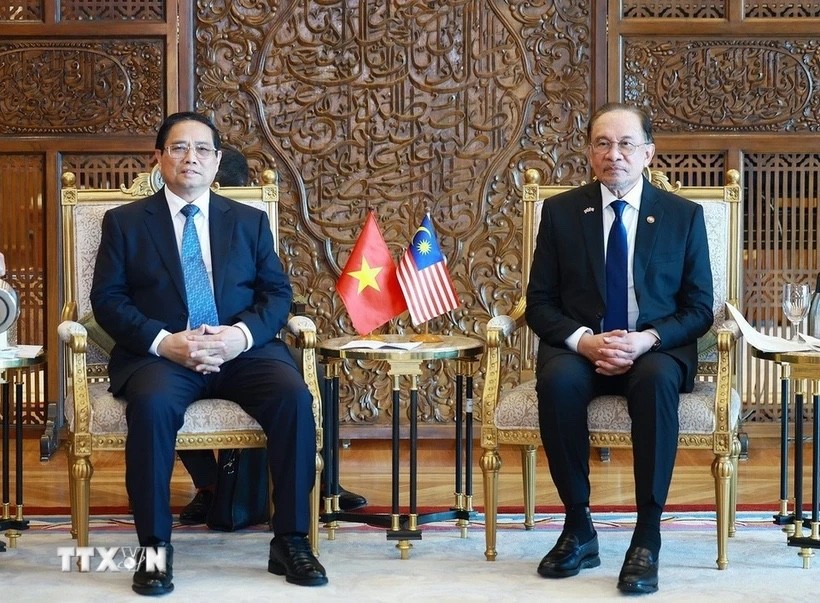 National
National
Vietnam News Today (May 31): Vietnam Strongly Supports Laos’s National Development
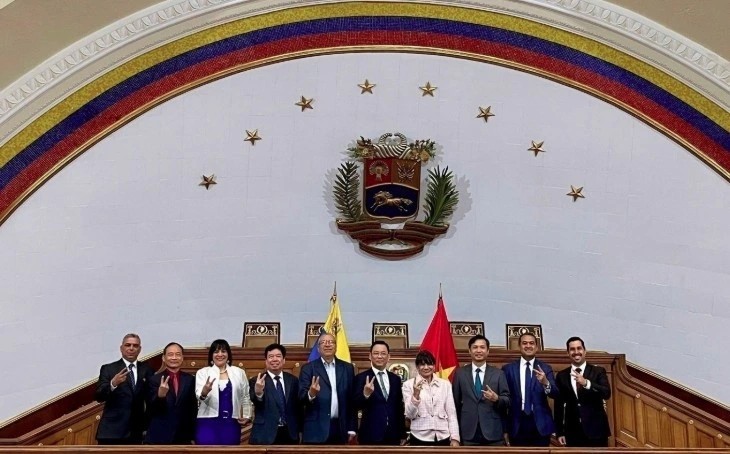 National
National
Vietnam News Today (May 30): Vietnam, Venezuela Reinforce Ties Through People-to-people Diplomacy
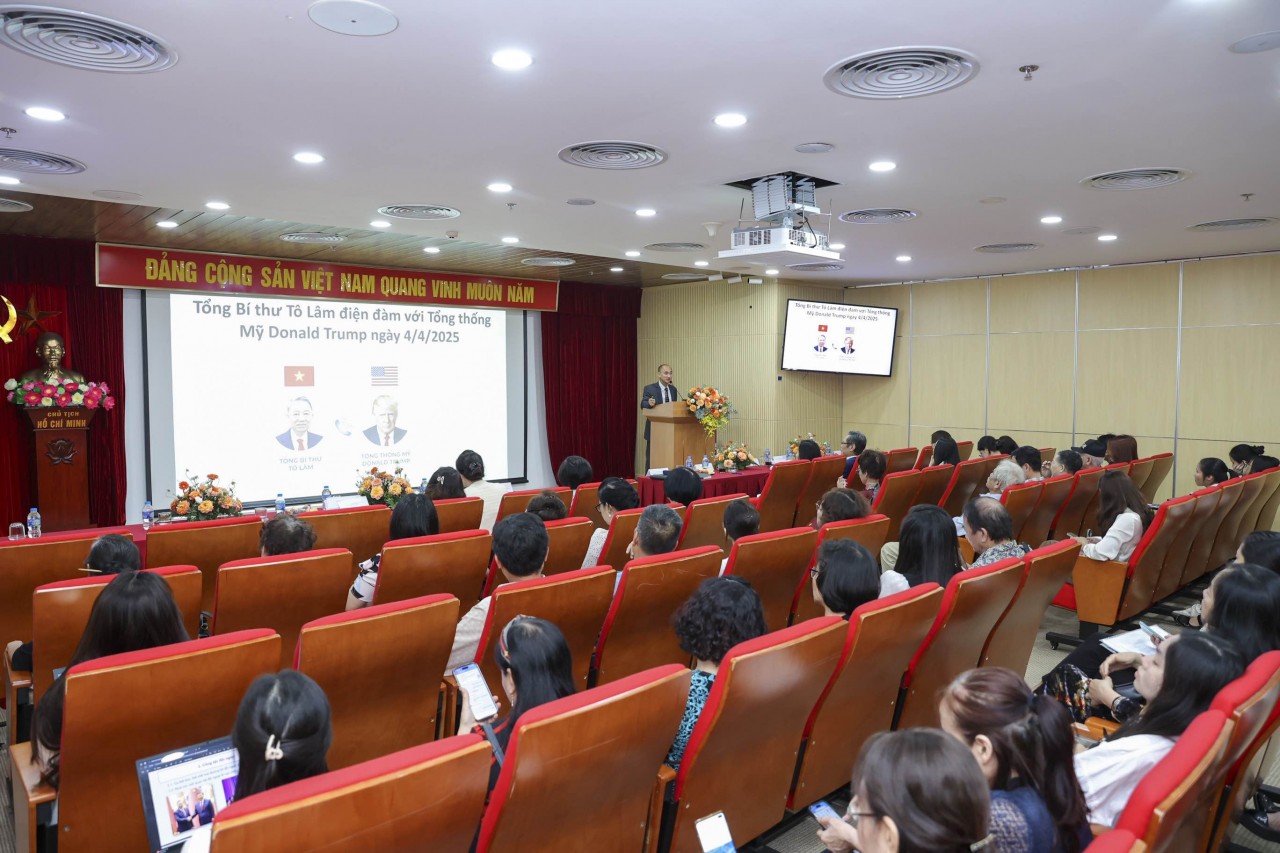 National
National
Vietnam News Today (May 29): Vietnam and Hungary to Expand Cooperation into New Areas
 National
National



